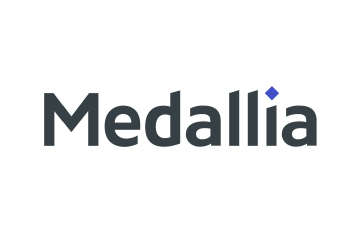In the quest for operational excellence, contact centres often risk succumbing to KPI tunnel vision—a state where metrics overshadow the true essence of customer experience. This fixation, while seemingly beneficial for numerical performance, can inadvertently harm the very core of customer service operations.
Elevated customer experience (CX) is the goal. The right types of engagements can separate you from your competitors, deliver loyal brand advocates, and make profitability possible.
But, like love or happiness, it’s hard to quantify how and when your contact centre is doing it right.
So, to grow CX, and forge an ever-improving strategy, leaders turn to contact centre metrics and contact centre tools to make sense of an increasingly complex and competitive landscape.
Enhancing Contact Centre Metrics Strategically
Understanding and utilising key outsourcing metrics effectively can significantly boost your customer experience and operational efficiency. Often divided among inbound and outbound activities, contact centre metrics aren’t simply rigid benchmarks to be slavishly followed, but rather strategic guideposts and qualitative guard rails, helping you avoid obsessing over numbers at the expense of genuine customer engagement.
This perspective allows you to put more energy into humanised services while avoiding KPI tunnel vision (more on that soon). The result? A balanced approach where your primary focus remains on enriching customer experience.
The Error of Contact Centre KPI Tunnel Vision
In the quest for operational excellence, contact centres often risk succumbing to KPI tunnel vision—a state where metrics overshadow the true essence of customer experience. This fixation, while seemingly beneficial for numerical performance, can inadvertently harm the very core of customer service operations. Here are two examples of how an overemphasis on KPIs can lead to detrimental outcomes:
Case 1: Sacrificing Service Quality for Speed
In a retail contact centre, a customer calls about a malfunctioning product purchased recently, seeking a solution. The agent, aiming to keep Average Handle Time (AHT) low, rushes the interaction, offering a quick refund or replacement without fully understanding or addressing the customer’s disappointment and inconvenience. This efficiency-first approach improves AHT but leaves the customer feeling their concerns were secondary, potentially harming their loyalty to the brand.
How to Avoid: Encourage agents to take the necessary time to understand and address the customer’s issue thoroughly, enhancing satisfaction even if it (potentially) means a higher AHT for complex cases.
Case 2: Ignoring Customer Sentiment for Quantitative Targets
In a healthcare contact centre, a patient calls to reschedule an appointment but encounters a rushed process focused on quick resolution to improve Call Resolution Rates. This approach neglects the patient’s emotional state and need for empathy, leaving them feeling disregarded during a vulnerable time. The efficiency-driven strategy, while beneficial for metrics, overlooks the importance of patient experience.
How to Avoid: Train representatives to empathise with patients, ensuring they feel heard and supported, which not only solves the logistical issue but also strengthens trust in the healthcare provider.
In both examples, the narrow focus on KPIs—without considering their impact on customer experience—illustrates the danger of KPI tunnel vision. It underscores the importance of a balanced approach that values both quantitative achievements and qualitative insights for improved CX.
As a leader, you should strive to find a balanced mix of metrics that matter. Here are some of the most common types:
Top Inbound Contact Centre Metrics to Monitor
Inbound metrics focus on calls received by the contact centre, measuring the quality of customer experience, agent performance, and overall contact centre effectiveness.
Customer Experience Metrics
These metrics gauge the satisfaction and loyalty of your customers, essential for maintaining high-quality service.
- NPS (Net Promoter Score): Assesses customer loyalty and their likelihood to recommend your service.
- CSAT (Customer Satisfaction Scores): Indicates the overall satisfaction level with your service or support interaction.
- FCR (First Contact Resolution): Shows the percentage of customer issues resolved in the first interaction, highlighting service efficiency and effectiveness.
- CES (Customer Effort Score): Measures the ease with which customers can have their issues resolved, indicating the effectiveness of the support process.
Agent Performance Metrics
These metrics evaluate the efficiency and effectiveness of agents in handling customer inquiries.
- QA (Quality Assurance): Assesses the quality of interactions between agents and customers, ensuring adherence to standards.
- Agent Utilisation Rate: Measures the percentage of time agents are actively handling calls versus being idle.
- Occupancy Rate: Indicates the time agents spend on call activities (including talk time and after-call work) as a percentage of their total logged-in time.
- ASA (Average Speed of Answer): The average time customers wait before their calls are answered by an agent.
- AHT (Average Handle Time): The total average time spent on each customer interaction, including talk time and post-call work.
Contact Centre Performance Metrics
These metrics provide insight into the operational efficiency and effectiveness of the contact centre.
- CPC (Cost Per Call): Calculates the total operational costs divided by the number of calls handled, indicating efficiency.
- SL% (Service Level): The percentage of calls answered within a predetermined time frame, reflecting the ability to meet customer expectations.
- Call Volume: Measures the total number of incoming calls, essential for resource planning.
- Abandonment Rate: The rate at which customers disconnect before reaching an agent, indicating potential service issues.
Top Outbound Contact Centre Metrics That Matter
Outbound metrics are crucial for measuring the success of contact centre activities focused on reaching out to customers, including sales and information dissemination.
- Connect Rate: The percentage of outbound calls that successfully connect to a live person, indicating the effectiveness of the call list.
- Conversion Rate: Measures the percentage of outbound calls that achieve their intended outcome, such as a sale or appointment.
- CPA (Cost Per Acquisition): Calculates the cost associated with acquiring a new customer through outbound efforts.
- Calls Per Agent: Provides insights into the productivity of agents in making outbound calls, reflecting on their efficiency and effectiveness.
[DISCLAIMER] – There’s no one-size-fits-all list of metrics to monitor. Your business objectives are unique and will often change over time.
The Best Approach to Selecting Contact Centre Tools
When it comes to elevating your contact centre’s capabilities, selecting the right tools is paramount.
The ideal approach balances technological innovation with practical functionality, aiming to enhance both agent performance and customer satisfaction.
Start by assessing your centre’s specific needs, considering factors such as call volume, channel preferences, and the complexity of customer interactions. Engage with stakeholders, including agents, IT staff, and customers, to understand their experiences and expectations.
Next, prioritise tools that offer integration capabilities, ensuring they can seamlessly work with your existing systems like CRM software, data analytics platforms, and communication channels. This not only streamlines operations but also provides a comprehensive view of customer interactions across all touchpoints.
Furthermore, focus on tools that offer scalability and flexibility. As your business grows and customer expectations evolve, your contact centre tools should adapt accordingly. Cloud-based solutions, for example, offer the advantage of scaling up or down based on demand, facilitating remote work environments and omnichannel support.
Finally, consider the user experience—for both agents and customers. Tools should be intuitive and enhance efficiency, not add to the complexity. Training and support from the vendor are also crucial in ensuring smooth implementation and ongoing success.
To recap, it can help to walk through these six functional areas to build your tooling needs à la carte :
1. Customer Interaction Management
- Help Desk Software: Unifies communication channels (email, live chat, social media, SMS) into a single platform for comprehensive omnichannel support.
- Interactive Voice Response (IVR) & Automatic Call Distribution (ACD): Automates call routing to efficiently direct inquiries to the appropriate agents or departments.
- Omnichannel Engagement: Ensures consistent and seamless customer interactions across all communication channels, maintaining a unified customer history.
2. Agent Efficiency Tools
- Desktop Softphone and Mobile App: Enables flexible, remote handling of calls through cloud-based solutions.
- Call Scripting: Provides scripted guides for agents to ensure consistent and efficient customer service.
- AI Virtual Agents and Chatbots: Offers round-the-clock support for basic inquiries, lightening the load on human agents.
3. Performance and Quality Management
- Call Recording and Interaction Recording: Crucial for quality assurance, offering a means to review and improve customer-agent interactions.
- AI Quality Management and Interaction Analytics: Employs AI to analyse interactions, automate scoring, and pinpoint areas for agent improvement.
4. Operational Efficiency
- CRM Software Integration: Provides a holistic view of customer interactions by centralising data, enhancing service personalisation.
- Workforce and Knowledge Management Tools: Utilises AI for efficient forecasting, scheduling, and knowledge management, supporting both agents and self-service options.
5. Data Analysis and Reporting
- Dashboards and Call Analytics: Delivers real-time insights into KPIs, call volume, and customer sentiment, guiding strategic decisions.
- Business Intelligence Tools: Integrates with various systems to offer comprehensive performance analytics and actionable insights.
6. Customer Feedback
- Customer Satisfaction Surveys: Gathers both qualitative and quantitative feedback following customer interactions, vital for continuous improvement.
[DISCLAIMER] – Businesses must choose between in-house contact centre support or outsourcing to a vendor partner who can develop technology suites to bolster their CX initiatives. If you’re hoping to simplify the way you improve CX with cost predictability and cutting-edge technology, our team would argue it’s worth investigating what you can outsource to qualified partners.
Also Read: Finding the Right AI Mix to Address Contact Centre Challenges
Why Benchmarking Metrics and Tools is Your Superpower
Regardless of how your contact centre operates, contact centre trends are important – and it’s vital to understand how your tools and metrics stack up to your competitors and across your industry.
Benchmarking is invaluable, as it provides clear insights into where you stand in the competitive landscape and identifies areas for improvement. By benchmarking metrics and tools, you can:
- Identify performance gaps: Understand how your contact centre compares to others in terms of efficiency, customer satisfaction, and agent productivity. This insight helps prioritise areas for immediate improvement.
- Set realistic goals: By knowing what top performers in the industry achieve, you can set achievable targets for your own contact centre. Benchmarking provides a roadmap for growth, from enhancing customer satisfaction scores to reducing average handle times.
- Innovate strategically: Discover what tools and technologies leading contact centres are adopting. This can inspire your technology roadmap, ensuring you invest in solutions that offer competitive advantages and meet evolving customer expectations.
- Enhance customer satisfaction: Understanding how your CX metrics stack up against industry benchmarks allows you to refine your strategies for customer engagement, loyalty, and retention.
- Improve operational efficiency: Benchmarking can highlight more efficient processes and tools used by industry leaders, offering opportunities to optimise your own operations.
Start with metrics that are crucial for your contact centre’s success, such as Customer Satisfaction (CSAT), Net Promoter Score (NPS), First Contact Resolution (FCR), and Average Handle Time (AHT). Use benchmarking data to set performance targets, select tools that align with industry best practices, and continuously measure your progress.
Remember, the goal is not just to meet these benchmarks but to understand the strategies behind them, allowing for informed decisions that drive sustained growth and excellence in CX.






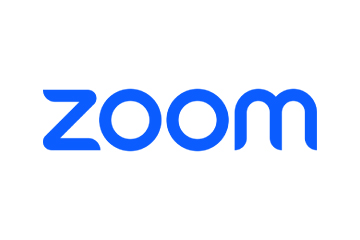
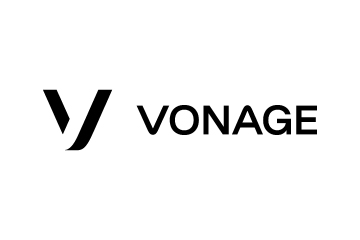
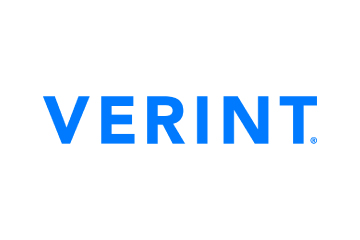
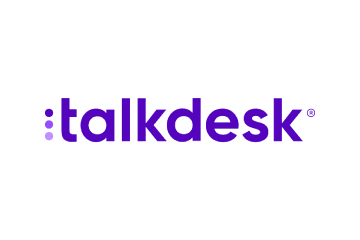

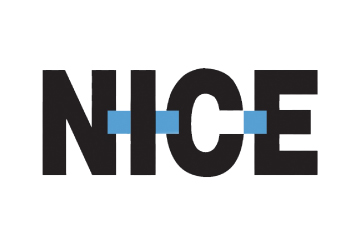



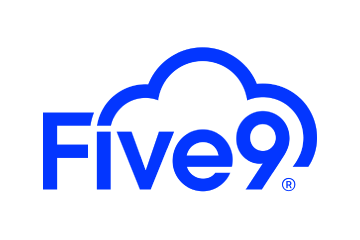



 Amplitude is a product analytics platform, enabling businesses to track visitors with the help of collaborative analytics. The platform leverages the capabilities of
Amplitude is a product analytics platform, enabling businesses to track visitors with the help of collaborative analytics. The platform leverages the capabilities of 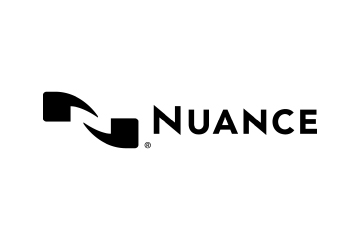

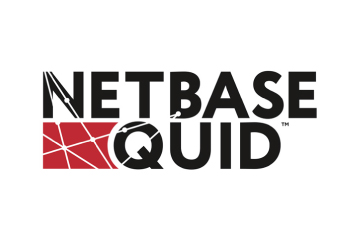


 Zoho Social, a part of Zoho’s suite of 50+ products, is a comprehensive social media management platform for businesses and agencies. The Zoho Social dashboard includes a robust set of features, such as Publishing Calendar, Bulk Scheduler, and Approval Management to offer businesses all the essential social media publishing tools. Its monitoring tools help enterprises track and respond to relevant social conversations.
Zoho Social, a part of Zoho’s suite of 50+ products, is a comprehensive social media management platform for businesses and agencies. The Zoho Social dashboard includes a robust set of features, such as Publishing Calendar, Bulk Scheduler, and Approval Management to offer businesses all the essential social media publishing tools. Its monitoring tools help enterprises track and respond to relevant social conversations.

 Microsoft Dynamics 365 represents a robust cloud-based CRM solution with features such as pipeline assessment, relationship analytics, and conversational intelligence. It utilises AI-powered insights to provide actionable intelligence via predictive analytics, lead scoring, sentiment analysis, etc. Currently, Microsoft operates in 190 countries and is made up of more than 220,000 employees worldwide.
Microsoft Dynamics 365 represents a robust cloud-based CRM solution with features such as pipeline assessment, relationship analytics, and conversational intelligence. It utilises AI-powered insights to provide actionable intelligence via predictive analytics, lead scoring, sentiment analysis, etc. Currently, Microsoft operates in 190 countries and is made up of more than 220,000 employees worldwide.
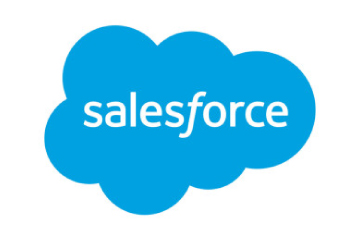
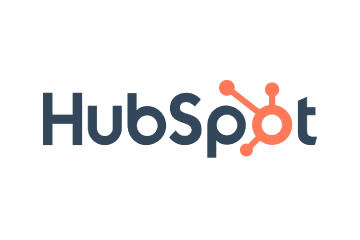 HubSpot is an inbound marketing, sales, and customer service software provider, offering robust CRM and automation solutions. Some of its products include Marketing Hub, Sales Hub, Operations Hub, Content Hub, Commerce Hub, Marketing Analytics and Dashboard Software. Guided by its inbound methodology, HubSpot enables companies to prioritise innovation and customer success.
HubSpot is an inbound marketing, sales, and customer service software provider, offering robust CRM and automation solutions. Some of its products include Marketing Hub, Sales Hub, Operations Hub, Content Hub, Commerce Hub, Marketing Analytics and Dashboard Software. Guided by its inbound methodology, HubSpot enables companies to prioritise innovation and customer success.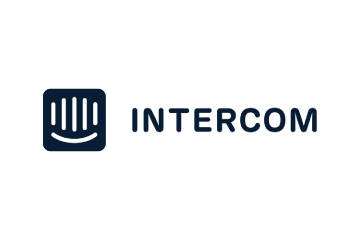
 Monday.com is a project management software company, offering a cloud-based platform that enables businesses
Monday.com is a project management software company, offering a cloud-based platform that enables businesses 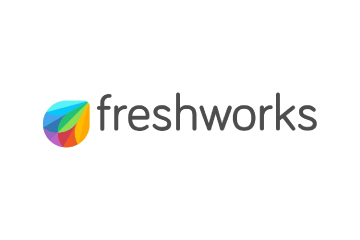 Headquartered in San Mateo, California, Freshworks is a global AI-powered business software provider. Its tech stack includes a scalable and comprehensive suite for IT, customer support, sales, and marketing teams, ensuring value for immediate business impact. Its product portfolio includes Customer Service Suite, Freshdesk, Freshchat, Freshcaller, Freshsuccess, and Freshservice. Freshservice for Business Teams has helped several global organisations to enhance their operational efficiency.
Headquartered in San Mateo, California, Freshworks is a global AI-powered business software provider. Its tech stack includes a scalable and comprehensive suite for IT, customer support, sales, and marketing teams, ensuring value for immediate business impact. Its product portfolio includes Customer Service Suite, Freshdesk, Freshchat, Freshcaller, Freshsuccess, and Freshservice. Freshservice for Business Teams has helped several global organisations to enhance their operational efficiency.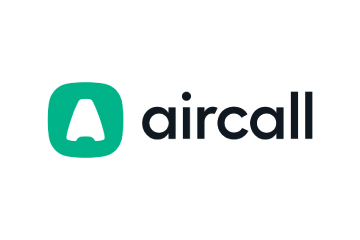
 Talkdesk offers an innovative AI-powered customer-centric tech stack to its global partners. The company provides generative AI integrations, delivering industry-specific solutions to its customers. Talkdesk CX Cloud and Industry Experience Clouds utilise modern machine learning and language models to enhance contact centre efficiency and client satisfaction.
Talkdesk offers an innovative AI-powered customer-centric tech stack to its global partners. The company provides generative AI integrations, delivering industry-specific solutions to its customers. Talkdesk CX Cloud and Industry Experience Clouds utilise modern machine learning and language models to enhance contact centre efficiency and client satisfaction.



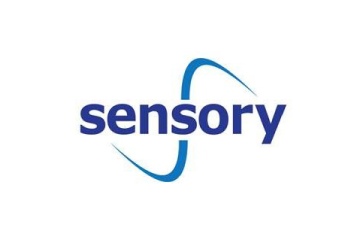
 The company offers comprehensive cloud-based solutions, such as Microsoft Dynamics 365, Gaming Consoles, Microsoft Advertising, Copilot, among other things, to help organisations offer enhanced CX and ROI. Its generative-AI-powered speech and voice recognition solutions,such as Cortana and Azure Speech Services empowers developers to build intelligent applications.
The company offers comprehensive cloud-based solutions, such as Microsoft Dynamics 365, Gaming Consoles, Microsoft Advertising, Copilot, among other things, to help organisations offer enhanced CX and ROI. Its generative-AI-powered speech and voice recognition solutions,such as Cortana and Azure Speech Services empowers developers to build intelligent applications.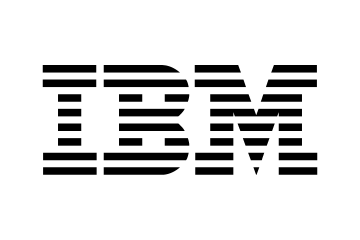 IBM is a global hybrid cloud and AI-powered
IBM is a global hybrid cloud and AI-powered  Uniphore is an enterprise-class, AI-native company that was incubated in 2008. Its enterprise-class multimodal AI and data platform unifies all elements of voice, video, text and data by leveraging Generative AI, Knowledge AI, Emotion AI and workflow automation. Some of its products include U-Self Serve, U-Assist, U-Capture, and U-Analyze. Its Q for Sale is a conversational intelligence software that guides revenue teams with AI-powered insights, offering clarity on how to effectively keep prospects engaged.
Uniphore is an enterprise-class, AI-native company that was incubated in 2008. Its enterprise-class multimodal AI and data platform unifies all elements of voice, video, text and data by leveraging Generative AI, Knowledge AI, Emotion AI and workflow automation. Some of its products include U-Self Serve, U-Assist, U-Capture, and U-Analyze. Its Q for Sale is a conversational intelligence software that guides revenue teams with AI-powered insights, offering clarity on how to effectively keep prospects engaged. Google Cloud accelerates every organisation’s ability to digitally transform its business. Its enterprise-grade solutions leverage modern technology to solve the most criticial business problems
Google Cloud accelerates every organisation’s ability to digitally transform its business. Its enterprise-grade solutions leverage modern technology to solve the most criticial business problems  8×8 offers out-of-the-box contact centre solutions, assisting all-size businesses to efficiently meet customer needs and preferences. It offers custom CRM integrations support and integrates effortlessly with third-party CRMs like Salesforce, Microsoft Dynamics, Zendesk, and more. Offering global support in all time zones & development teams in 5 continents, its patented geo-routing solution ensures consistent voice quality.
8×8 offers out-of-the-box contact centre solutions, assisting all-size businesses to efficiently meet customer needs and preferences. It offers custom CRM integrations support and integrates effortlessly with third-party CRMs like Salesforce, Microsoft Dynamics, Zendesk, and more. Offering global support in all time zones & development teams in 5 continents, its patented geo-routing solution ensures consistent voice quality. Sprinklr is a comprehensive enterprise software company for all customer-focused functions. With advanced AI, Sprinklr’s unified customer experience management (Unified-CXM) platform lets organisations offer human experiences to every customer, every time, across any modern channel.
Sprinklr is a comprehensive enterprise software company for all customer-focused functions. With advanced AI, Sprinklr’s unified customer experience management (Unified-CXM) platform lets organisations offer human experiences to every customer, every time, across any modern channel.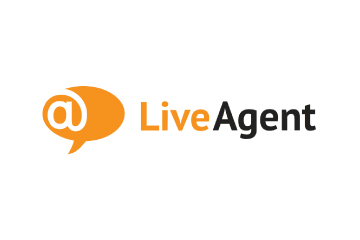

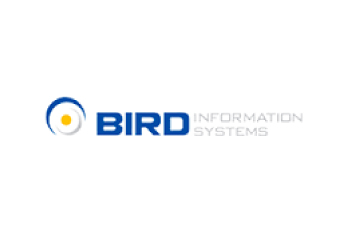
 Upland offers a comprehensive suite of contact centre and customer service solutions with products including InGenius, Panviva, Rant & Rave, and RightAnswers. InGenius enables organisations to connect their existing phone system with CRM, further enhancing agent productivity. Panviva provides compliant and omnichannel capabilities for highly regulated industries. Whereas, Rant & Rave, and RightAnswers are its AI-powered solutions,
Upland offers a comprehensive suite of contact centre and customer service solutions with products including InGenius, Panviva, Rant & Rave, and RightAnswers. InGenius enables organisations to connect their existing phone system with CRM, further enhancing agent productivity. Panviva provides compliant and omnichannel capabilities for highly regulated industries. Whereas, Rant & Rave, and RightAnswers are its AI-powered solutions, 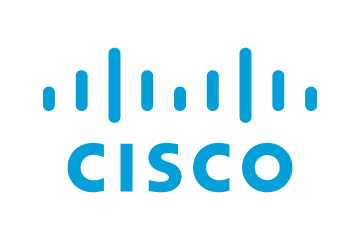


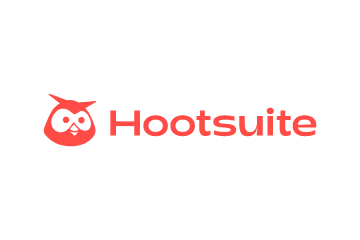 Hootsuite, headquartered in Vancouver, is a social media management platform that streamlines the process of managing multiple social media accounts. Some of its core offerings include social media content planning and publishing, audience engagement tools, analytics and social advertising. Its easy-to-integrate capabilities help marketing teams to schedule and publish social media posts efficiently.
Hootsuite, headquartered in Vancouver, is a social media management platform that streamlines the process of managing multiple social media accounts. Some of its core offerings include social media content planning and publishing, audience engagement tools, analytics and social advertising. Its easy-to-integrate capabilities help marketing teams to schedule and publish social media posts efficiently.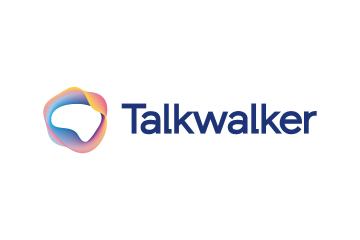

 Brandwatch enables businesses to build and scale the optimal strategy for their clients with intuitive, use-case-focused tools that are easy and quick to master. Bringing together consumer intelligence and social media management, the company helps its users react to the trends that matter, collaborate on data-driven content, shield the brand from threats and manage all the social media channels at scale.
Brandwatch enables businesses to build and scale the optimal strategy for their clients with intuitive, use-case-focused tools that are easy and quick to master. Bringing together consumer intelligence and social media management, the company helps its users react to the trends that matter, collaborate on data-driven content, shield the brand from threats and manage all the social media channels at scale.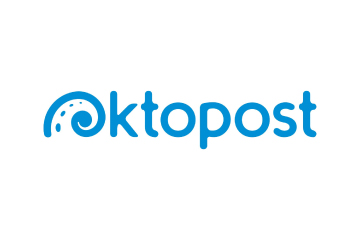
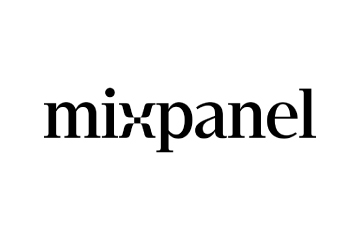
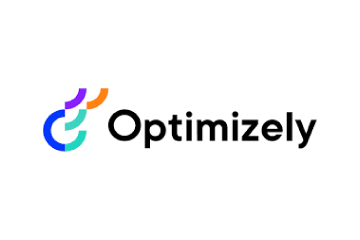
 Adobe Experience Cloud offers a comprehensive set of applications, capabilities, and services specifically designed to address day-to-day requirement for personalised customer experiences at scale. Its platform helps play an essential role in managing different digital content or assets to improve customer happiness. Its easy-to-optimise content gives users appropriate marketing streams, ensuring product awareness.
Adobe Experience Cloud offers a comprehensive set of applications, capabilities, and services specifically designed to address day-to-day requirement for personalised customer experiences at scale. Its platform helps play an essential role in managing different digital content or assets to improve customer happiness. Its easy-to-optimise content gives users appropriate marketing streams, ensuring product awareness.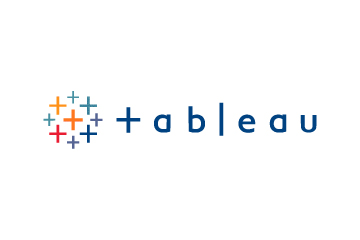 Salesforce-owned Tableau is an AI-powered analytics and business intelligence platform, offering the breadth and depth of capabilities that serve the requirements of global enterprises in a seamless, integrated experience. Marketers can utilise generative AI models, AI-powered predictions, natural language querying, and recommendationsons.
Salesforce-owned Tableau is an AI-powered analytics and business intelligence platform, offering the breadth and depth of capabilities that serve the requirements of global enterprises in a seamless, integrated experience. Marketers can utilise generative AI models, AI-powered predictions, natural language querying, and recommendationsons.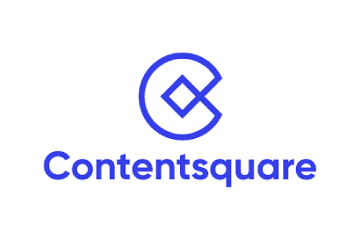 Contentsquare is a cloud-based digital experience analytics platform, helping brands track billions of digital interactions, and turn those digital
Contentsquare is a cloud-based digital experience analytics platform, helping brands track billions of digital interactions, and turn those digital 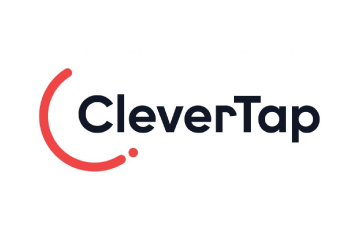
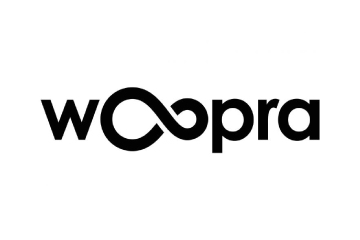
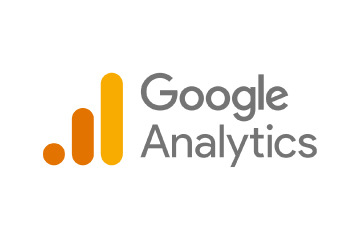
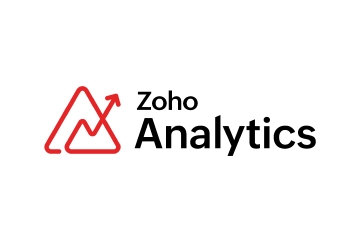 Zoho Corporation offers innovative and tailored software to help leaders grow their business. Zoho’s 55+ products aid sales and marketing, support and collaboration, finance, and recruitment requirements. Its customer analytics capabilities come with a conversational feature, Ask Zia. It enables users to ask questions and get insights in the form of reports and widgets in real-time.
Zoho Corporation offers innovative and tailored software to help leaders grow their business. Zoho’s 55+ products aid sales and marketing, support and collaboration, finance, and recruitment requirements. Its customer analytics capabilities come with a conversational feature, Ask Zia. It enables users to ask questions and get insights in the form of reports and widgets in real-time. Fullstory is a behavioural data platform, helping C-suite leaders make informed decisions by injecting digital behavioural data into its analytics stack. Its patented technology uncovers the power of quality behavioural data at scale, transforming every digital visit into actionable insights. Enterprises can increase funnel conversion and identify their highest-value customers effortlessly.
Fullstory is a behavioural data platform, helping C-suite leaders make informed decisions by injecting digital behavioural data into its analytics stack. Its patented technology uncovers the power of quality behavioural data at scale, transforming every digital visit into actionable insights. Enterprises can increase funnel conversion and identify their highest-value customers effortlessly.

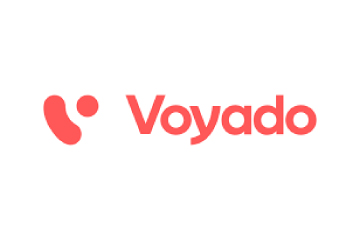 Started in 2005 in a Sweden-based small town, Norrköping, Voyado offers a customer experience cloud platform that includes a customer loyalty management system. This platform helps businesses design and implement customer loyalty programs, track customer
Started in 2005 in a Sweden-based small town, Norrköping, Voyado offers a customer experience cloud platform that includes a customer loyalty management system. This platform helps businesses design and implement customer loyalty programs, track customer 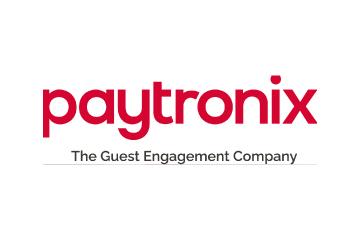


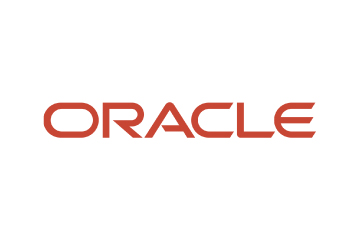
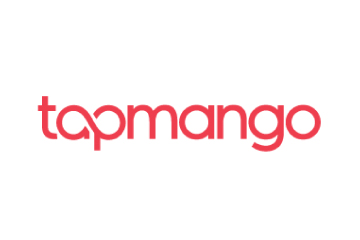 TapMango provides a comprehensive, customisable, flexible and feature-rich customer loyalty program. The loyalty tools include an integrated suite of customised consumer-facing technology, easy-to-use merchant tools, and automation algorithms, all aimed at enhancing customer experience. Adaptable to any industry, TapMango’s platform helps merchants compete with larger chains, converting customer one-time purchases into profitable spending habits.
TapMango provides a comprehensive, customisable, flexible and feature-rich customer loyalty program. The loyalty tools include an integrated suite of customised consumer-facing technology, easy-to-use merchant tools, and automation algorithms, all aimed at enhancing customer experience. Adaptable to any industry, TapMango’s platform helps merchants compete with larger chains, converting customer one-time purchases into profitable spending habits.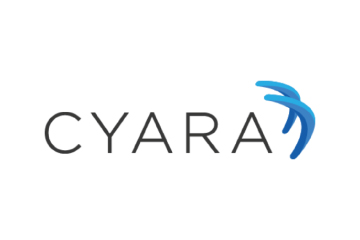
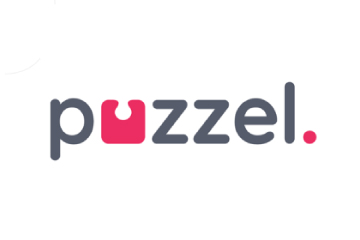
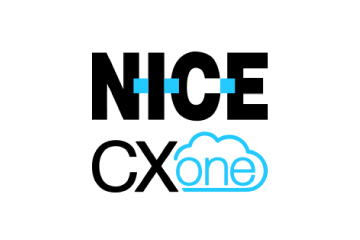
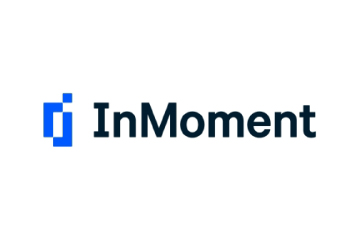

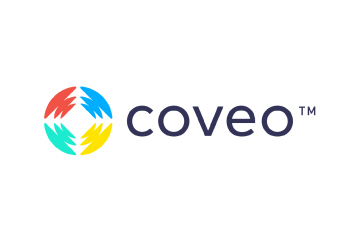
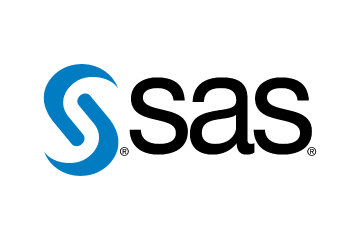
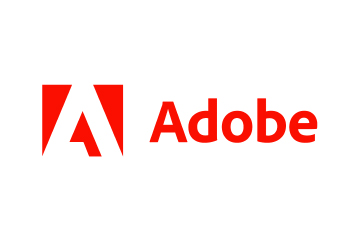 Adobe Experience Cloud offers a comprehensive set of applications, capabilities, and services specifically designed to address day-to-day requirements for personalised customer experiences at scale. Its innovative platform has played an essential role in managing different digital content or assets, to improve customer happiness or satisfaction. Some of its products include Adobe Gen Studio, Experience Manager Sites, Real-time CDP, and Marketo Engage.
Adobe Experience Cloud offers a comprehensive set of applications, capabilities, and services specifically designed to address day-to-day requirements for personalised customer experiences at scale. Its innovative platform has played an essential role in managing different digital content or assets, to improve customer happiness or satisfaction. Some of its products include Adobe Gen Studio, Experience Manager Sites, Real-time CDP, and Marketo Engage.